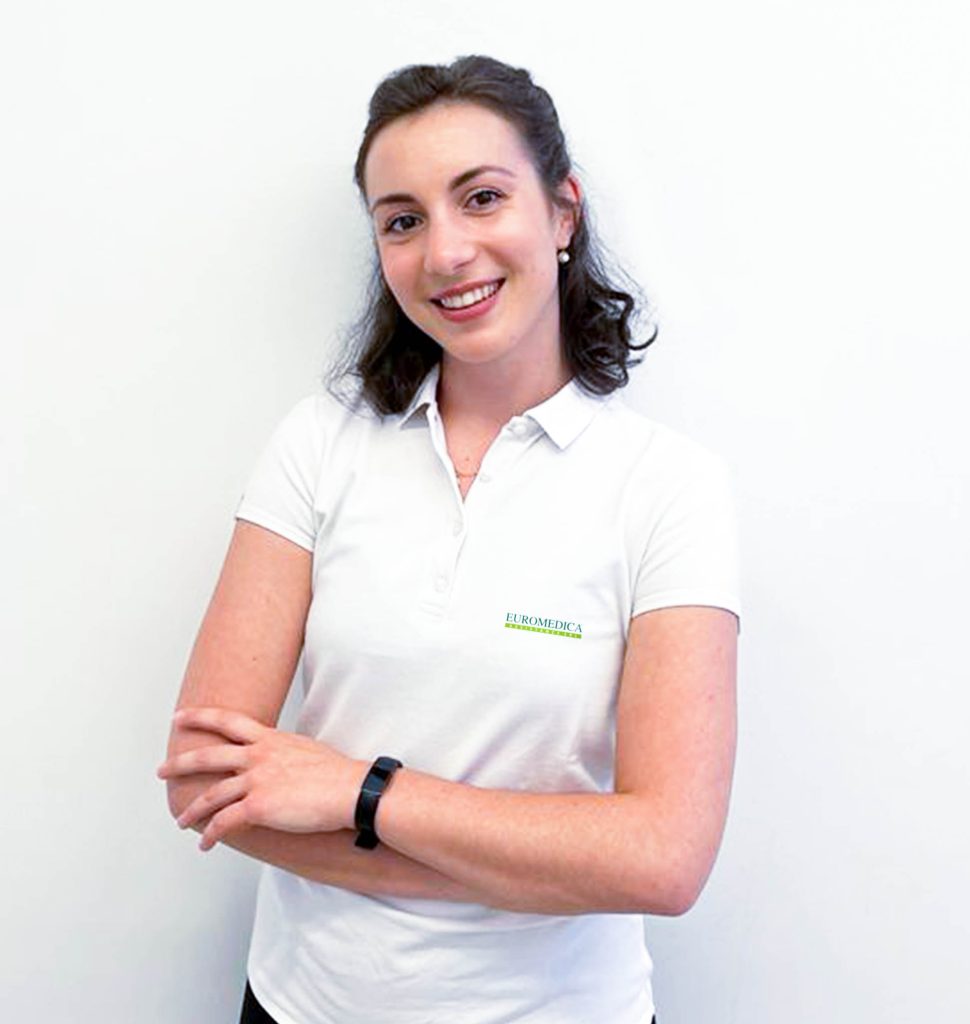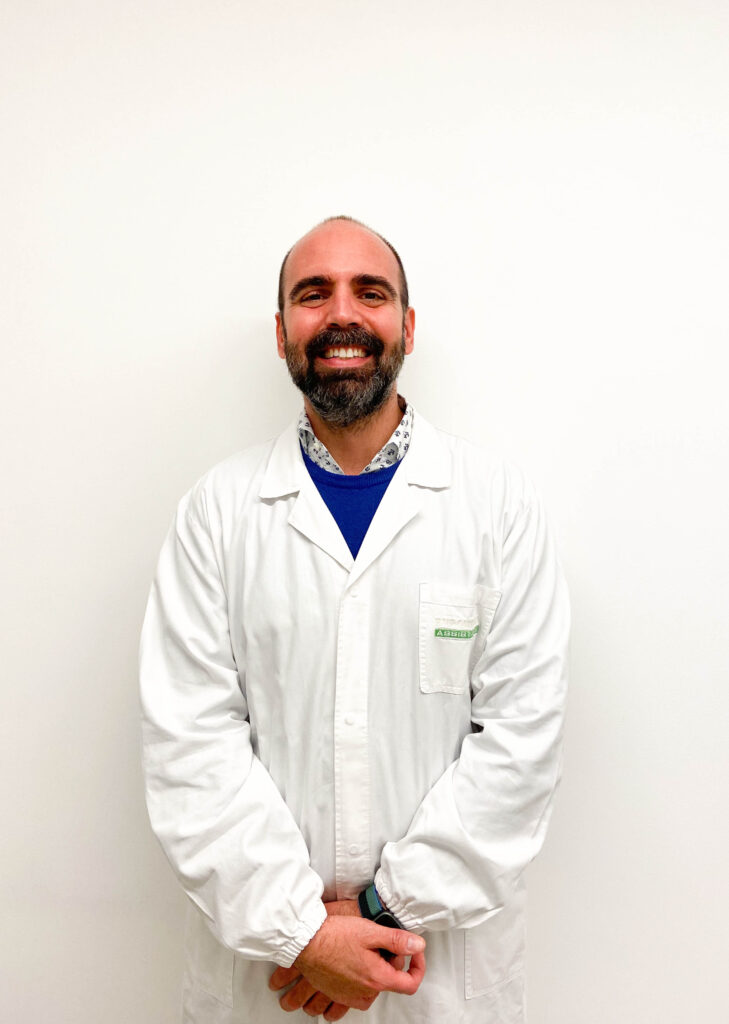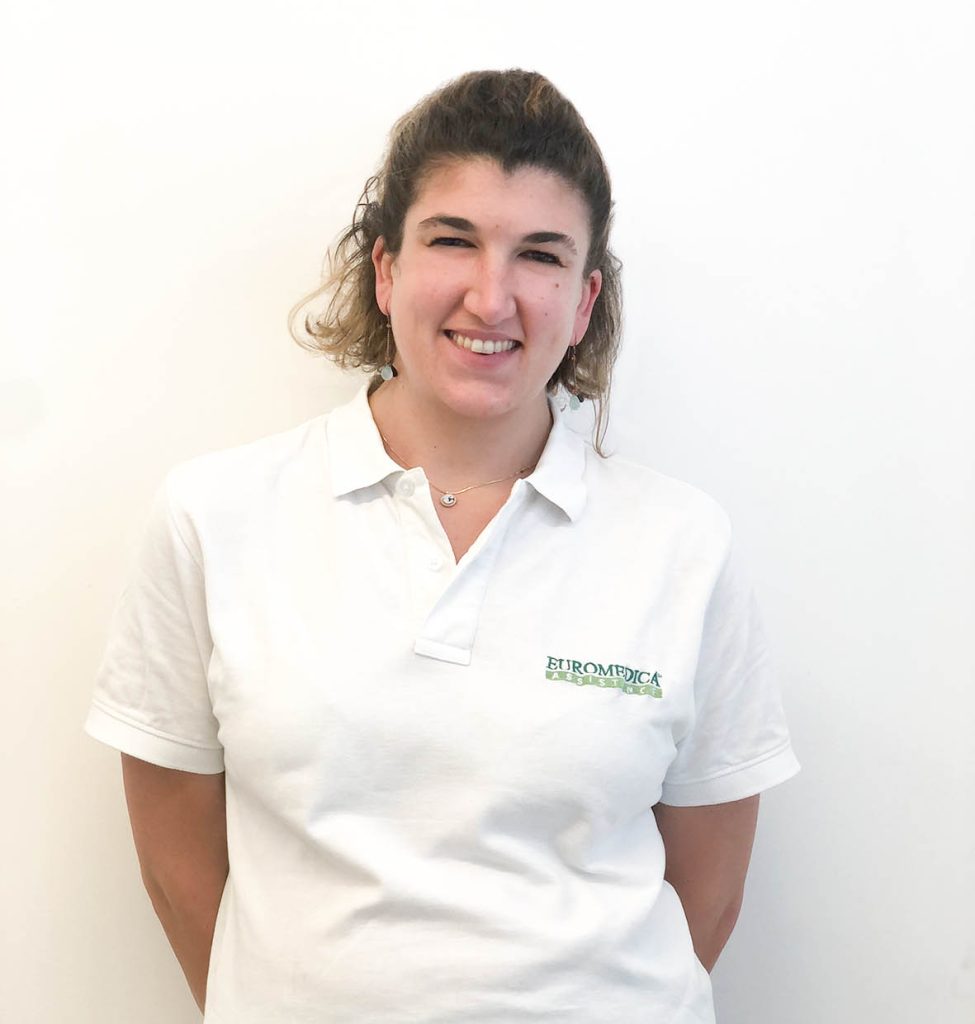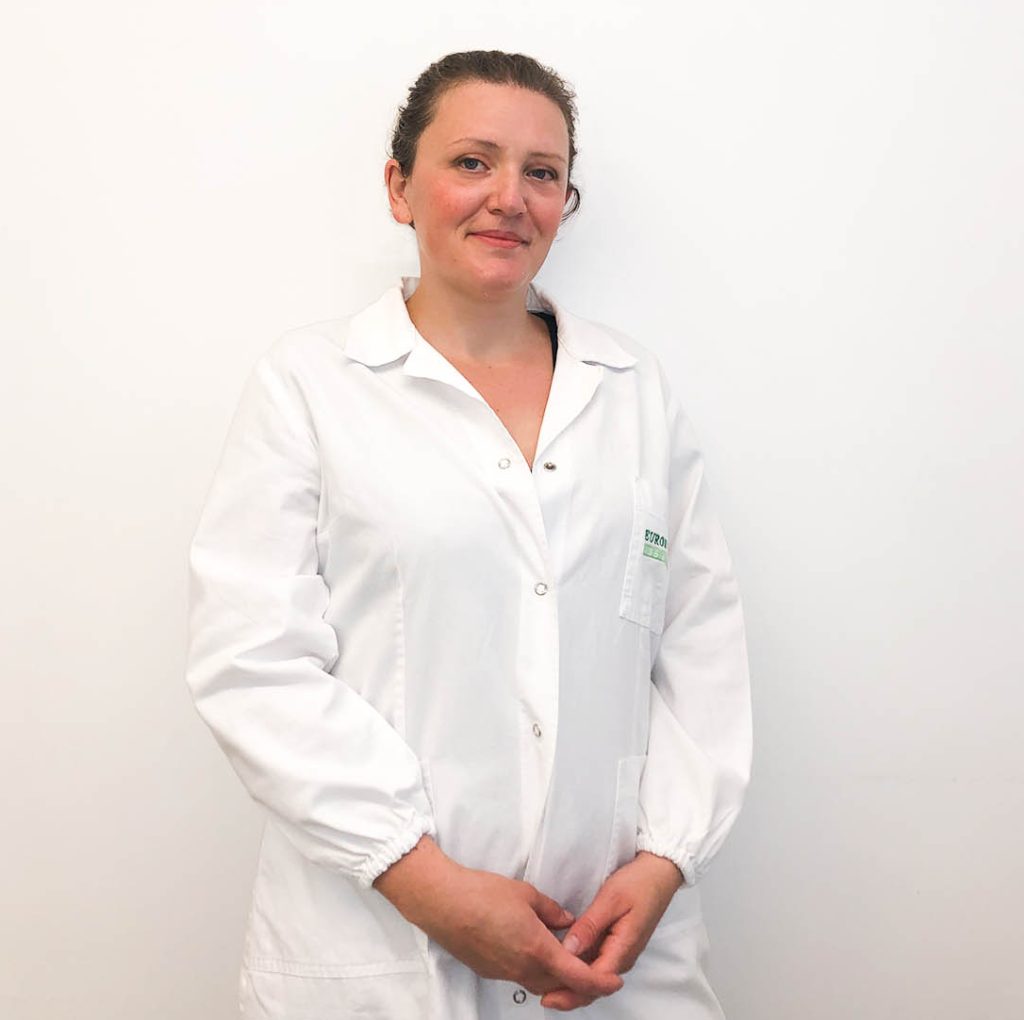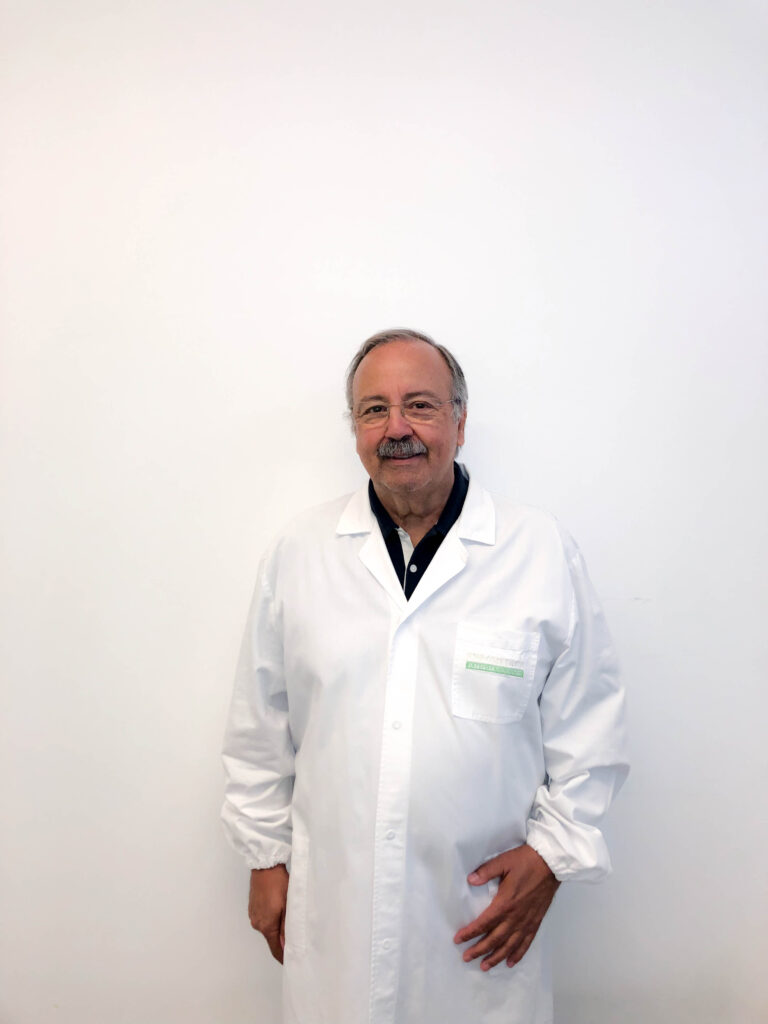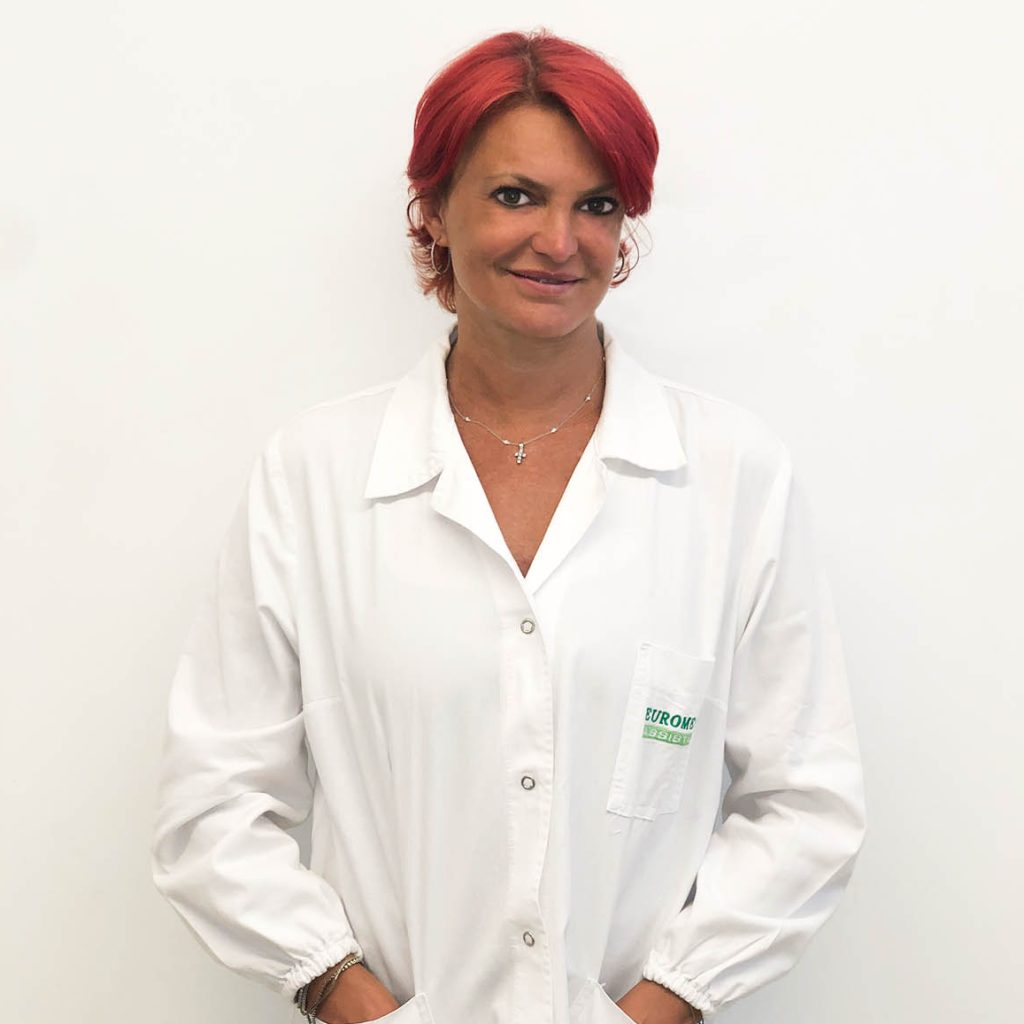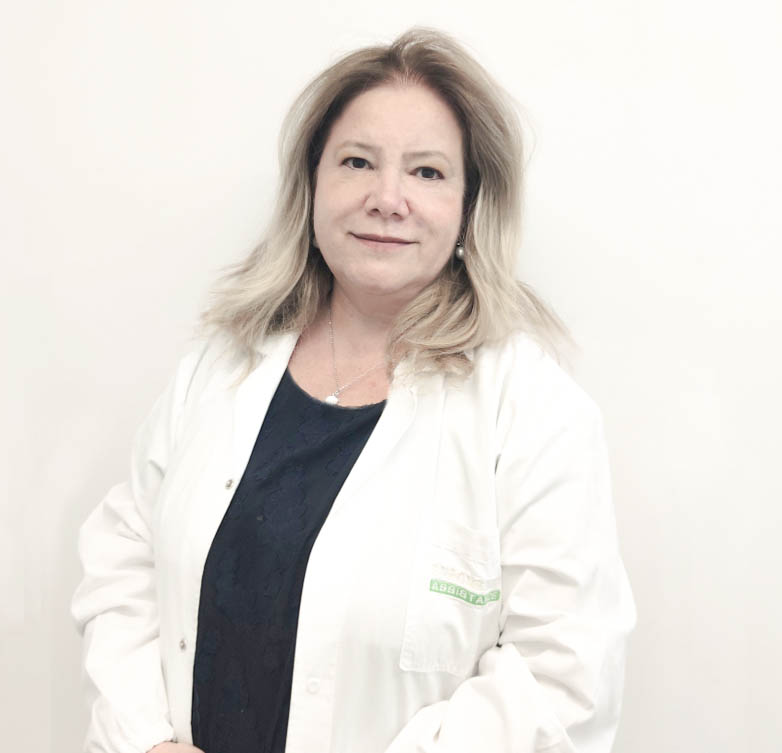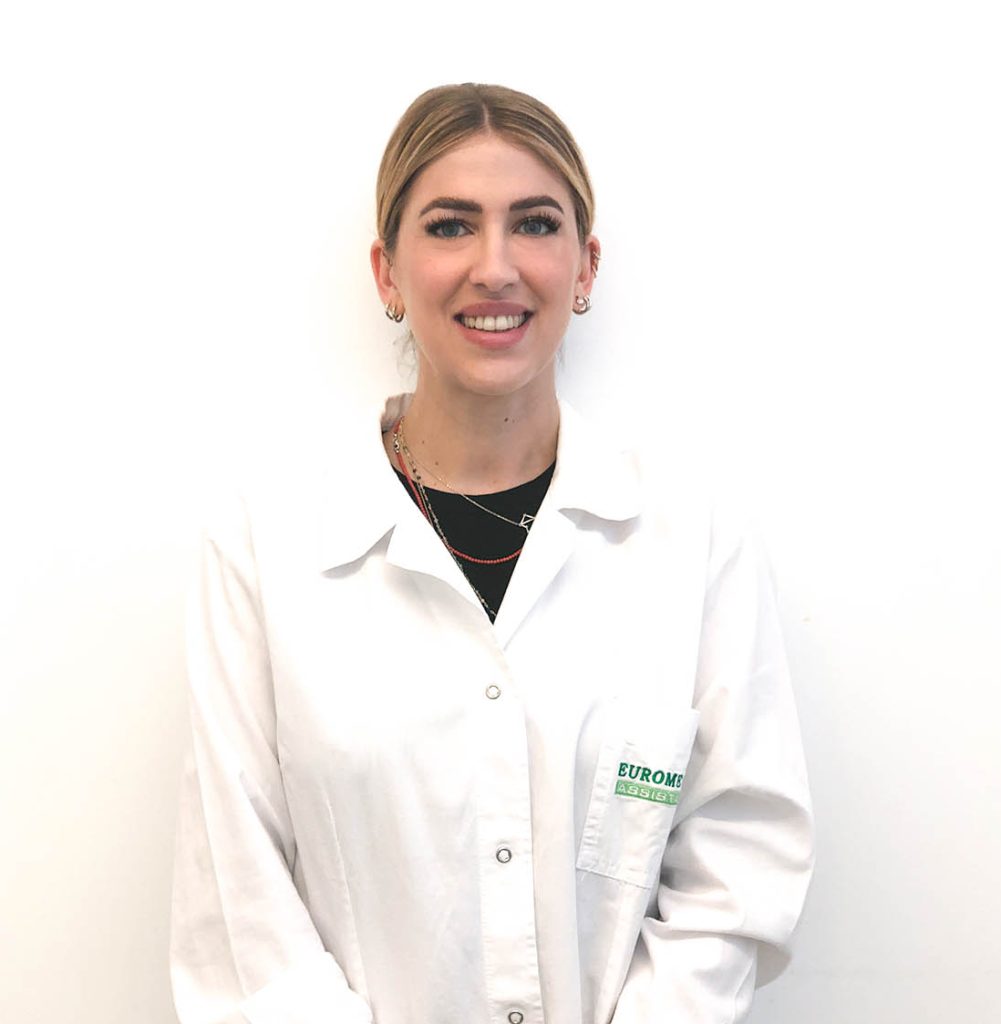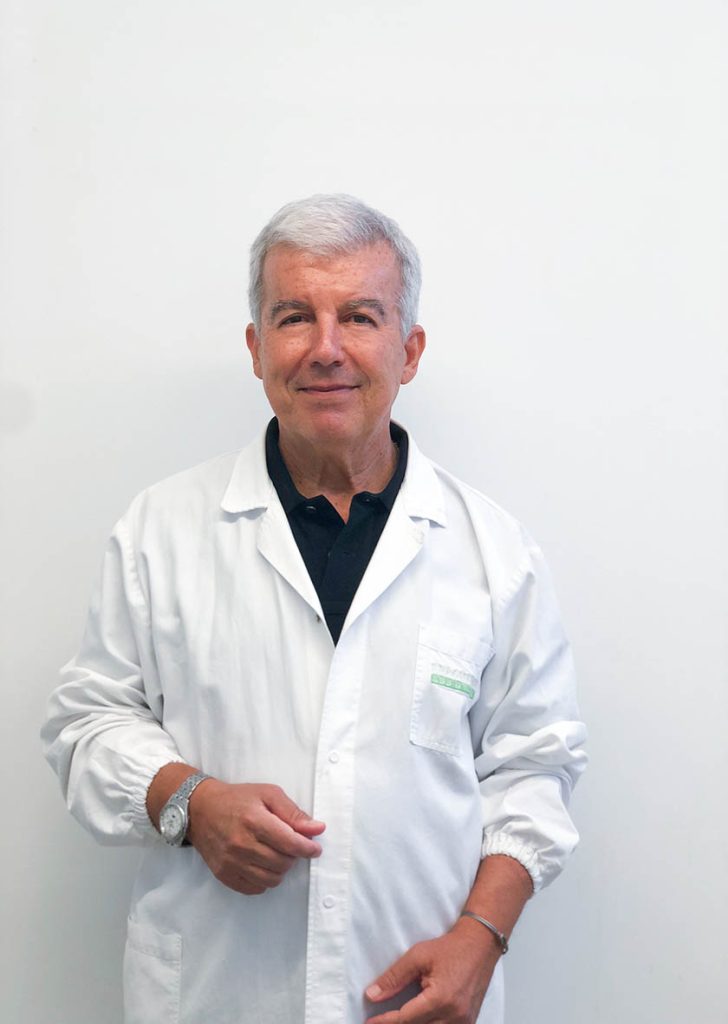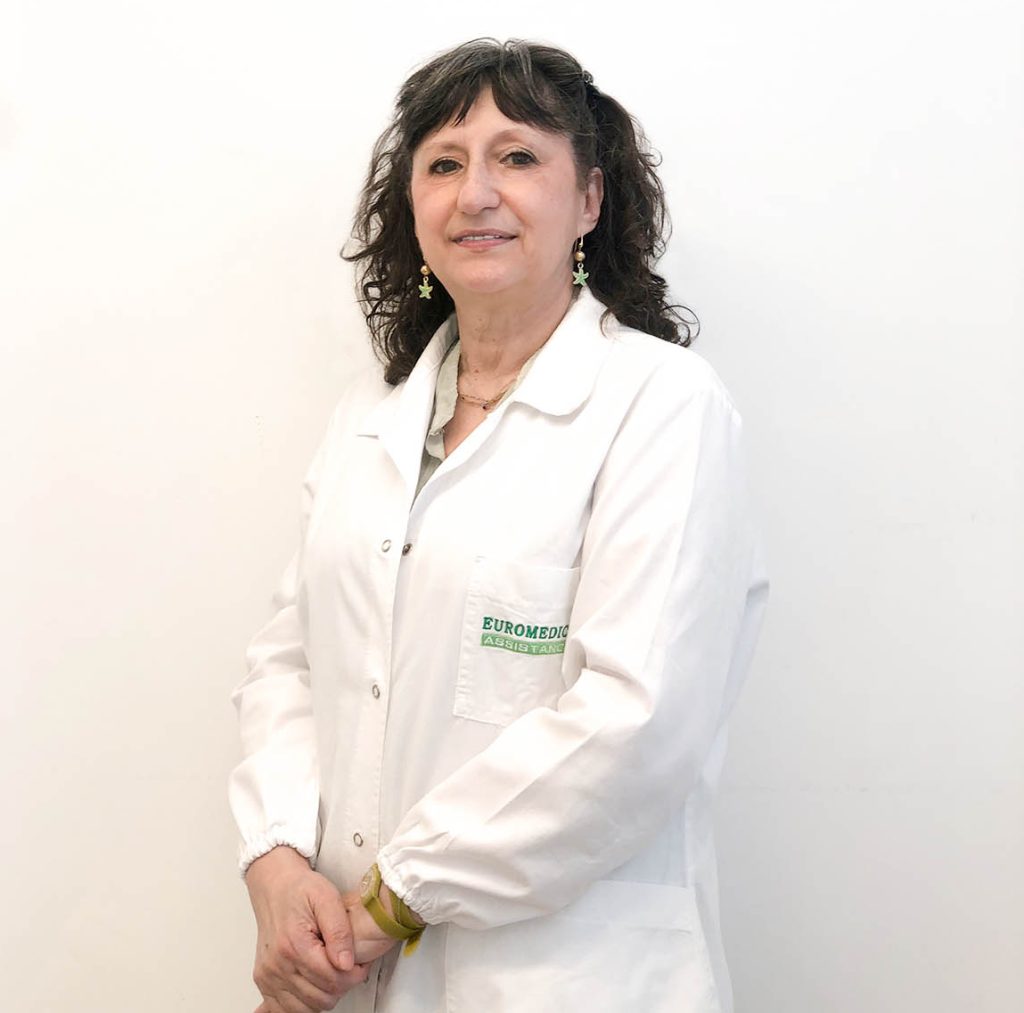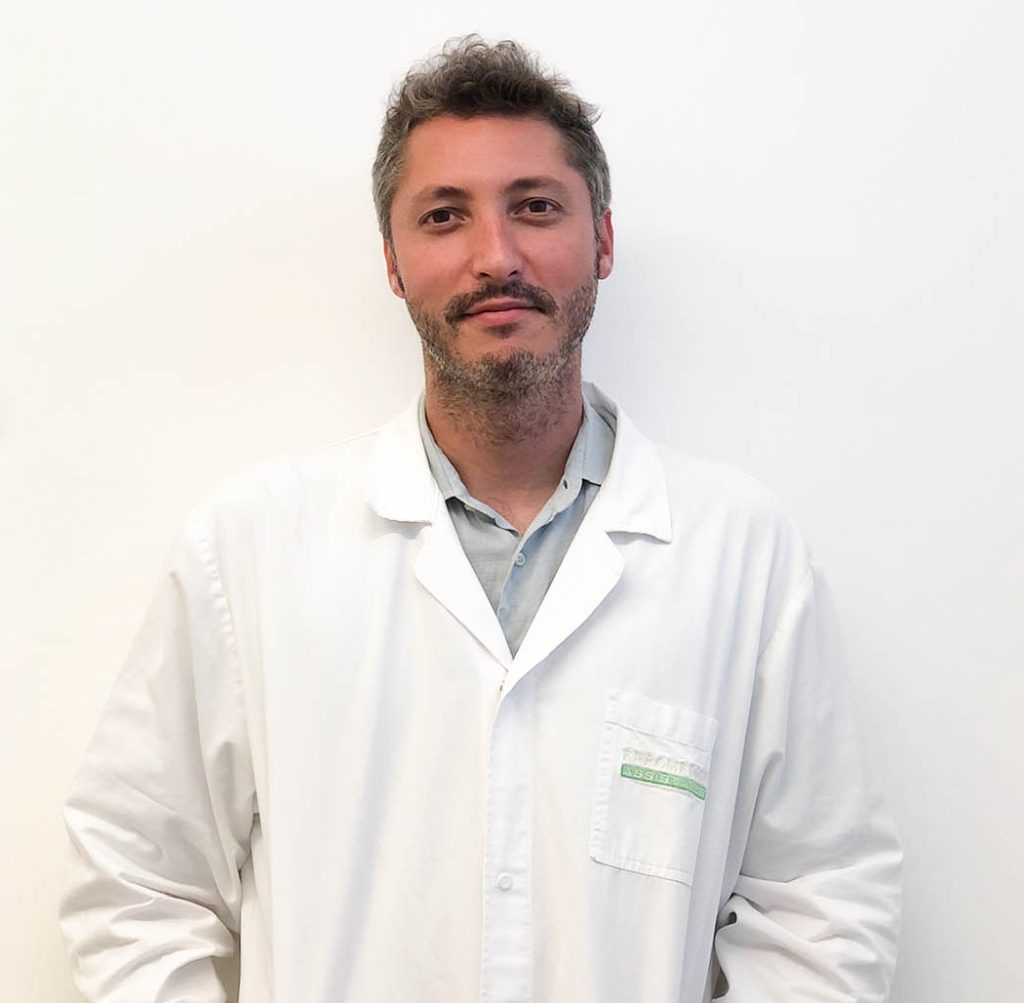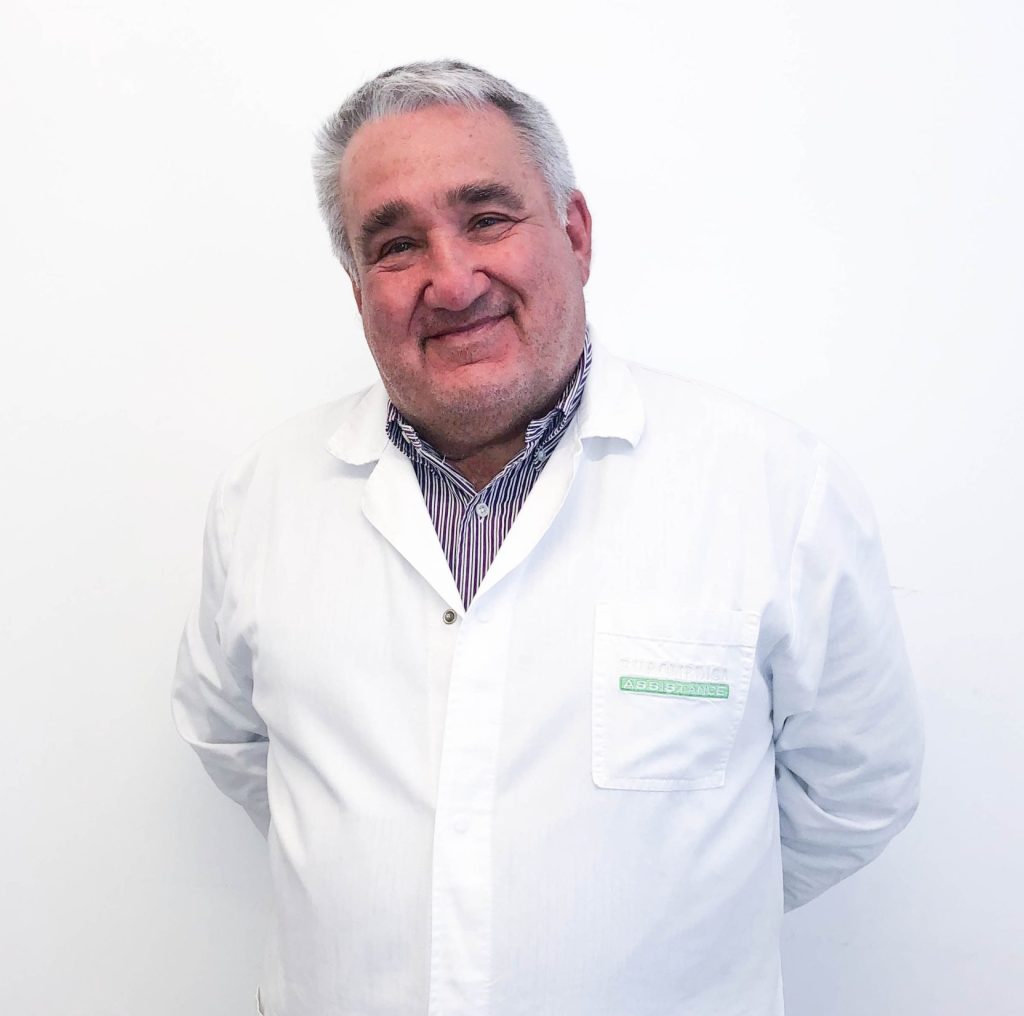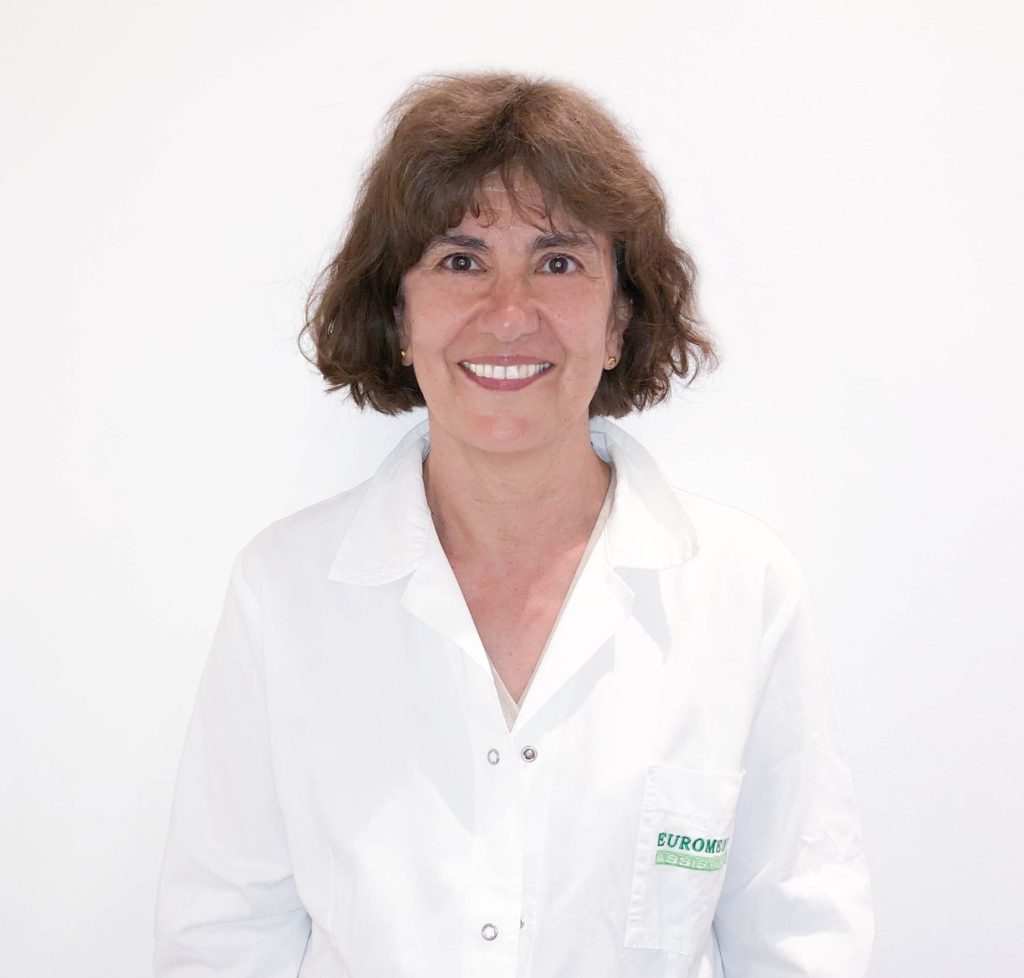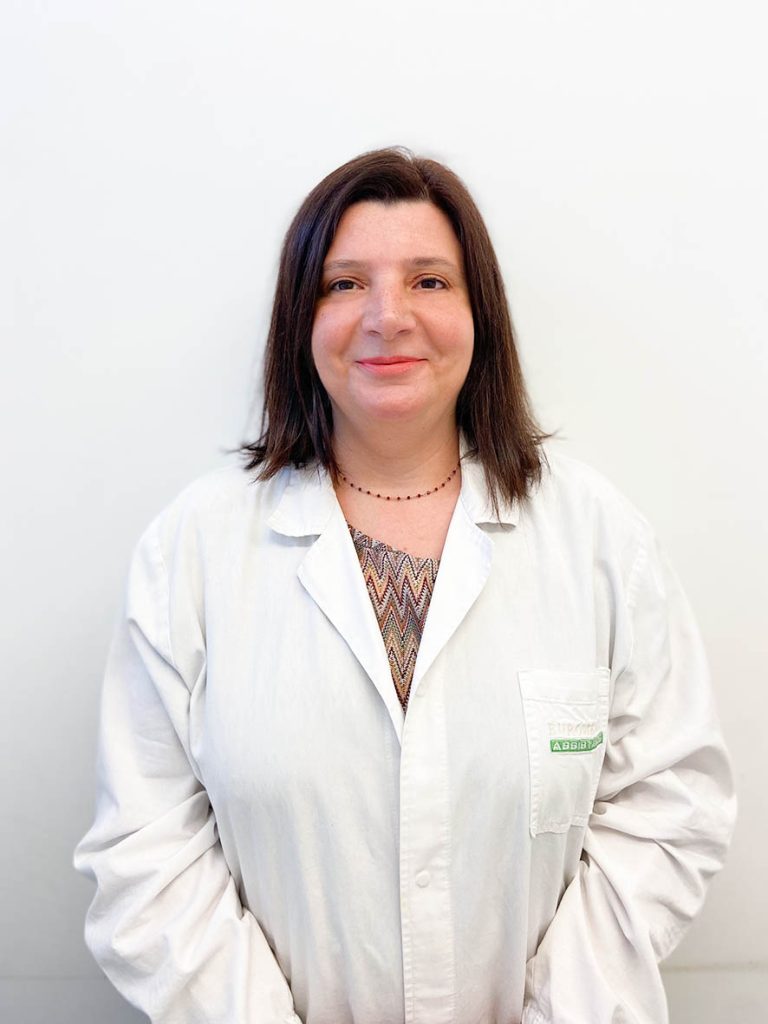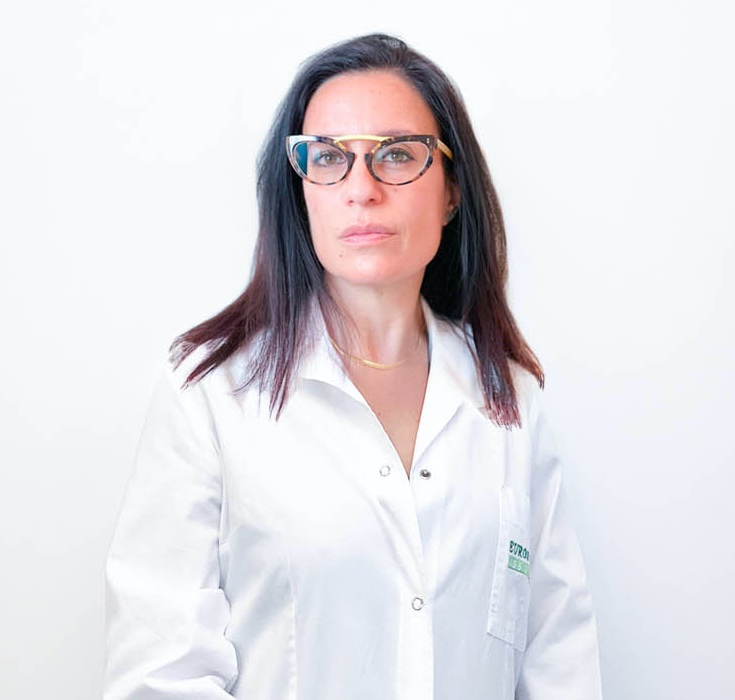Dermatologic curettage is a small outpatient surgical procedure that, as such, does not involve the need for patient hospitalization. Curettage thus allows the dermatologist or surgeon to remove seborrheic keratoses, actinic keratoses, pendulous fibromas, and molluscum contagiosum on an outpatient basis.
The term curettage comes from “curette”, which is the tool that is used to remove the small skin lesions mentioned. A curette is a kind of surgical spoon equipped with a sharp edge with which superficial injuries can be removed quickly and effectively and without the need for stitches.
Normally, no anesthesia needs to be used for dermatologic curettage, but if the affected area is a large or very sensitive area, the physician may decide to use local anesthesia before proceeding with the removal by curettage.
Curettage is not an invasive procedure, which allows the patient an immediate return home with a simple dressing. After curettage, the patient may experience mild burning on the area affected by removal by curettage that can be resolved with ice packs.
Curettage is a rapid outpatient treatment with no special contraindications and a fairly rapid healing time.
